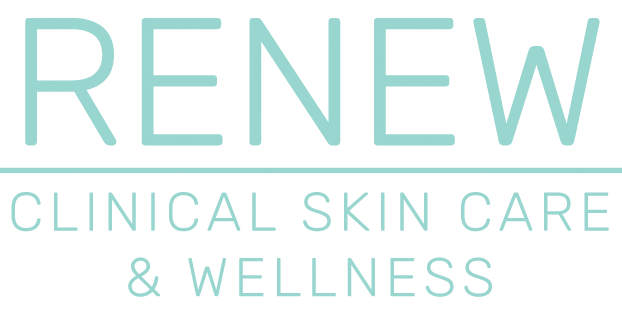The information below and actual patient results shown above will help you understand the basics about some common skin conditions and help you start a conversation with your clinician about the unique needs of your skin and the goals you would like to achieve.
Acne | Affecting nearly 45 million Americans each year, acne is the most prevalent skin condition in humans. Typically, acne develops where there is an abundance of oil glands, like the face, scalp, chest, back and neck. While acne is common, it also varies and can be made up of a complex combination of needs to treat. Seeing a professional is the best way to ensure that this condition is treated appropriately and specific to each person’s unique needs.
Hyperpigmentation | Hyperpigmentation is described as areas of abnormal darkening of the skin. This darkening can either be one spot or large patchy areas, depending on the cause. This condition is a result of inflammation and can be triggered by sun exposure, hormone fluctuations or skin injuries (acne lesions, a cut or a burn). Some skin types are more susceptible to hyperpigmentation than others. It is important to consult with a licensed skin health professional prior to using products to even skin discoloration, as high percentages of strong ingredients can cause further irritation and a worsening of the condition instead of improvement.
Rosacea | Generally, rosacea is characterized by persistent redness and breakouts on the central areas of the face, typically affecting the nose, cheeks, forehead and chin. Though there is not a known cure for rosacea, many have seen positive results from medical therapies coupled with cosmeceutical products and professional treatments. For best results, consult a licensed professional for a diagnosis and customized treatment plan to control rosacea symptoms.
Visible Aging | Aging of the skin can be put into two categories: intrinsic and extrinsic. Intrinsic aging happens naturally over time and is determined by a person’s genetics. Mild facial wrinkling, expression lines, and dry, sensitive skin are likely a result of intrinsic aging. Extrinsic aging is a result of external factors like unprotected sun exposure, smoking, alcohol use, pollution and other lifestyle choices. Extrinsic factors are thought to be responsible for 85% of visible aging and are highly avoidable. Sun exposure is the leading cause of extrinsic aging; the suns damaging rays breakdown the skins support structure, leading to discoloration of the skin, wrinkles, sagging and, in some cases even cancer. When treating visible facial aging, it is important to use products that not only treat existing conditions, but also protect the skin from future damage.


